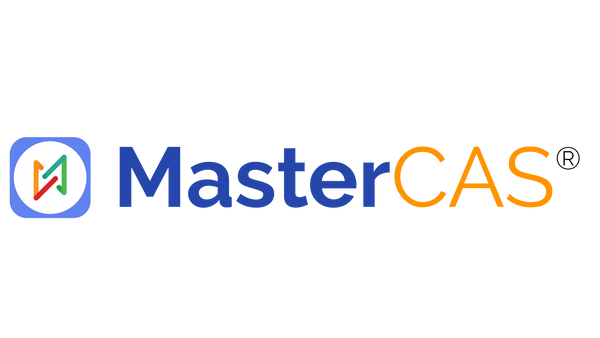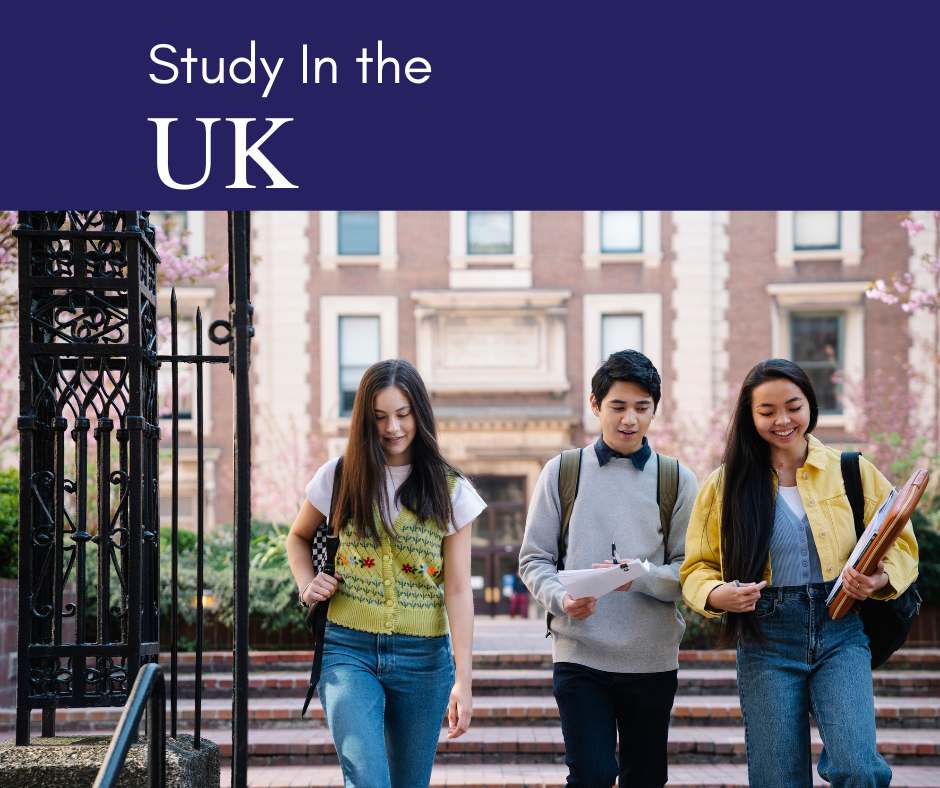
The Definitive Guide to Researching MBA Programs Post-COVID: What to Ask, Where to Look
Share
Why researching MBAs has changed
Before the pandemic, many prospective MBA students relied on campus visits, in-person fairs, and face-to-face alumni meetings to decide where to apply. In 2025, much of that has shifted online. Virtual tours, alumni webinars, LinkedIn groups, and digital open houses have become primary sources of information.
According to QS’s Applications & Aspirations Report 2024, 60% of candidates now say virtual interactions with alumni and faculty are as important as visiting a campus in person. This makes knowing how to research effectively—without hopping on a plane—critical.
Step 1: Start with accreditation and credibility
The first filter should always be accreditation. Reputable MBAs typically hold at least one of the “triple crown” accreditations:
- AACSB (U.S.)
- EQUIS (Europe)
- AMBA (UK/global)
Checking these saves time by filtering out programs with limited global recognition.
Pro tip: Look beyond the logo. Ask how accreditation standards are enforced in practice—such as faculty-student ratios, curriculum design, and ethics integration.
Step 2: Compare outcomes, not just rankings
Rankings attract clicks, but they don’t tell the whole story. Consider:
- Placement rates within 3 months of graduation
- Median salaries adjusted for cost of living
- Function/industry split (what % go into consulting, tech, finance, or sustainability)
- Geographic mobility (how many graduates find jobs outside the country of study)
Many schools now publish detailed employment reports. Treat these as the gold standard, rather than relying only on QS, FT, or LinkedIn tables.
Step 3: Ask the right questions in virtual interactions
When joining a webinar, information session, or alumni call, go beyond surface-level questions. Some examples:
- Curriculum relevance: “What’s the balance between traditional case studies and data-driven, AI-supported decision making?”
- Hybrid delivery: “How does the school balance online vs. in-person modules?”
- Career services: “What’s the employer engagement strategy beyond on-campus recruitment?”
- Diversity & inclusion: “What support exists for international students, women, or underrepresented groups?”
- Visa/work rights: “Does the school provide guidance on local visa extensions and post-study work opportunities?”
Asking these questions signals seriousness—and gives insights rankings never reveal.
Step 4: Audit the digital footprint
Business schools leave clues across multiple platforms. Audit them like a detective:
- LinkedIn: Alumni growth, senior leadership roles, recruiter engagement.
- Glassdoor / Indeed: Employer reviews of companies that frequently hire from the school.
- Reddit / GMAT Club: Anonymous but often candid student experiences.
- YouTube / Instagram: Student clubs, cultural life, and how active (or staged) community life feels.
Step 5: Understand hidden costs and ROI
An MBA sticker price is only part of the story. Factor in:
- Visa and relocation costs (often $5,000–$10,000 extra).
- Housing differentials: London vs. Berlin vs. Toronto can swing annual living costs by $15,000+.
- Opportunity cost: Lost salary during study—especially relevant for 2-year U.S. MBAs vs. 1-year European MBAs.
Calculate payback period (tuition + living ÷ post-MBA salary growth) rather than raw salaries. This ensures comparisons are realistic.
Step 6: Don’t ignore cultural and pedagogical fit
- Case-method vs. experiential learning: HBS, IESE, and Darden lean heavily case-based approaches; others use blended or project-based approaches.
- Class size and cohort culture: Some thrive in 60-student intimate programs, others prefer 500+ student global networks.
- Values alignment: Schools with a sustainability, entrepreneurship, or tech emphasis may fit different career trajectories.
Pitfalls to avoid
- Relying only on rankings without checking employment reports.
- Overvaluing brand name while ignoring local visa/work restrictions.
- Assuming alumni networks are universal—in reality, they are strongest in regions where the school has long been active.
- Neglecting online reputation checks—students often share honest feedback in unofficial forums.
Conclusion
Researching an MBA in 2025 is about more than reading rankings. It requires auditing accreditation, scrutinizing outcomes, asking probing questions in virtual sessions, and factoring in hidden costs.
The most successful applicants treat this process like due diligence—not just marketing. After all, an MBA is a six-figure investment and a career-defining choice.
And in a post-COVID, hybrid education landscape, the smartest decision-makers will be those who can separate glossy promotional material from evidence of real student success.










